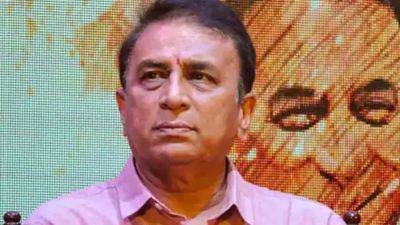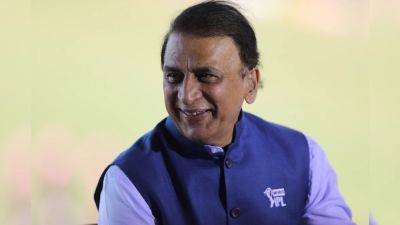Flush from Chandrayaan-3 lunar landing success, India launches its latest space mission to the Sun
India launched the next mission in its ambitious space programme on Saturday on a trip to the centre of the solar system, a week after successfully landing an unmanned vehicle near the Moon's south pole.
The Aditya-L1 probe - meaning 'Sun' in Hindi - was launched at 11:50 local time, with a live television broadcast showing hundreds of spectators cheering wildly amid the deafening noise of the rocket's ascent.
"The launch was successful, everything is normal," announced an official from the Indian Space Research Organization (ISRO) from the mission control centre, as the spacecraft headed towards the upper reaches of the atmosphere.
The mission carries scientific tools to observe the outer layers of the Sun during a four-month journey.
The United States and the European Space Agency (ESA) have already placed devices in orbit to study the sun, starting with NASA's Pioneer programme in the 1960s, but this will be a first for India.
Both Japan and China have previously launched their own solar observation missions into Earth's orbit but, if successful, ISRO's latest mission will be the first to be placed in orbit around the Sun by an Asian nation.
The probe will study coronal mass ejections, a periodic phenomenon that results in enormous discharges of plasma and magnetic energy from the sun's atmosphere.
They are so powerful that they can reach Earth and potentially disrupt the operation of satellites.
Aditya will help predict these phenomena and let people know to cut off the power to their satellites.
Aditya will travel 1.5 million kilometres to reach its destination - still only 1 per cent of the immense distance between Earth and the Sun.
At that point, the gravitational forces of the two celestial bodies cancel each other out,








